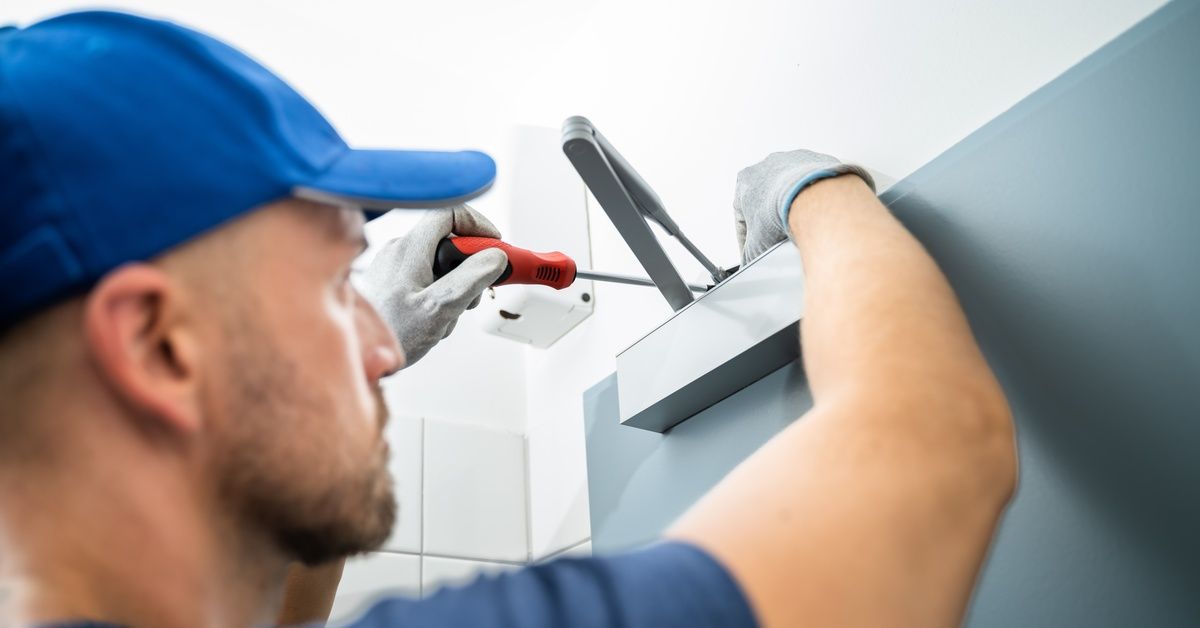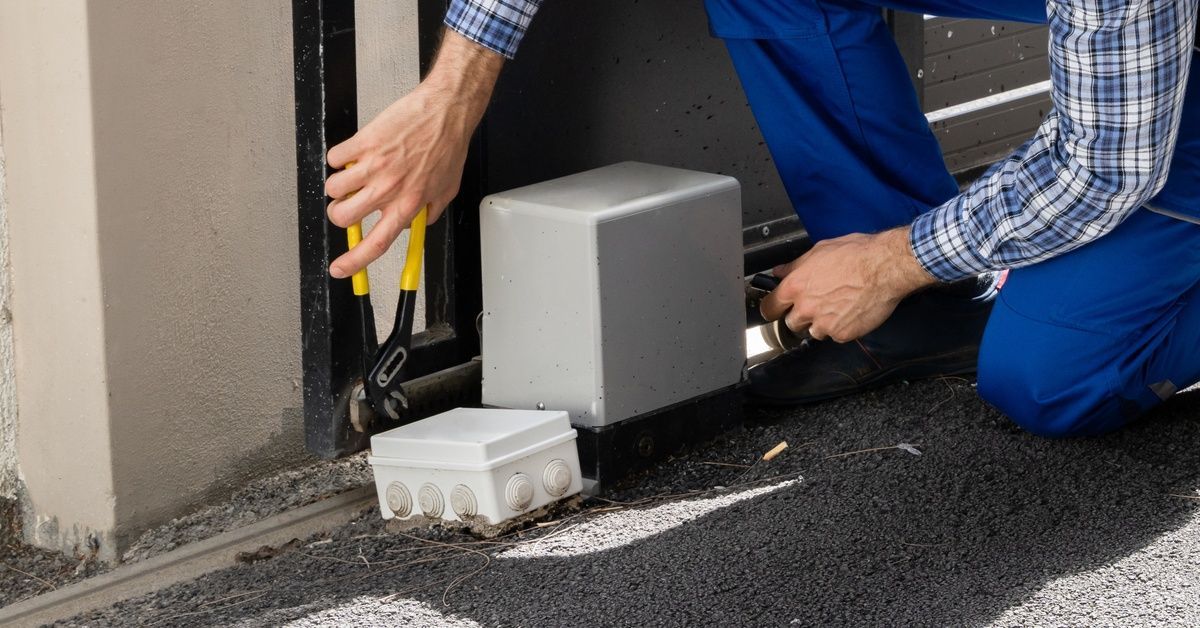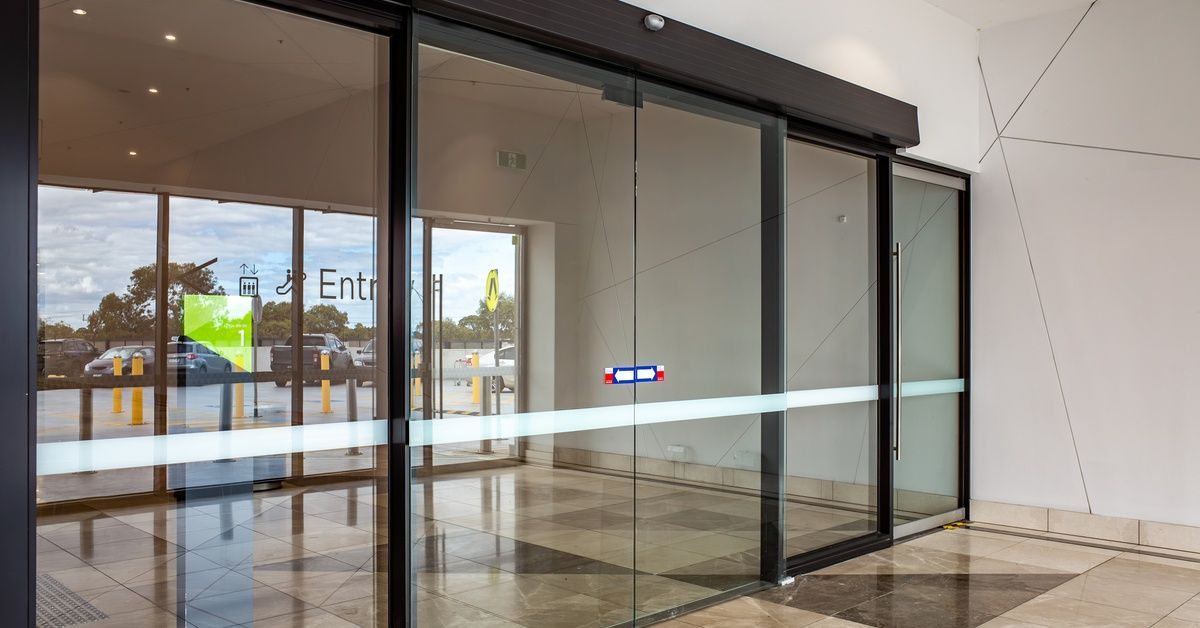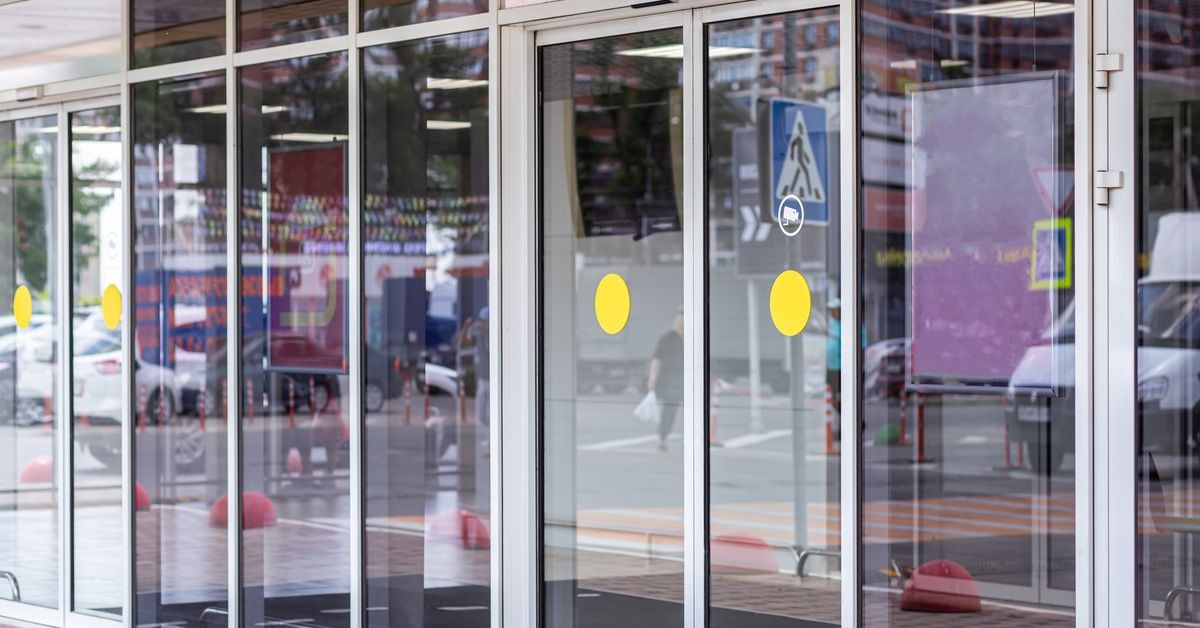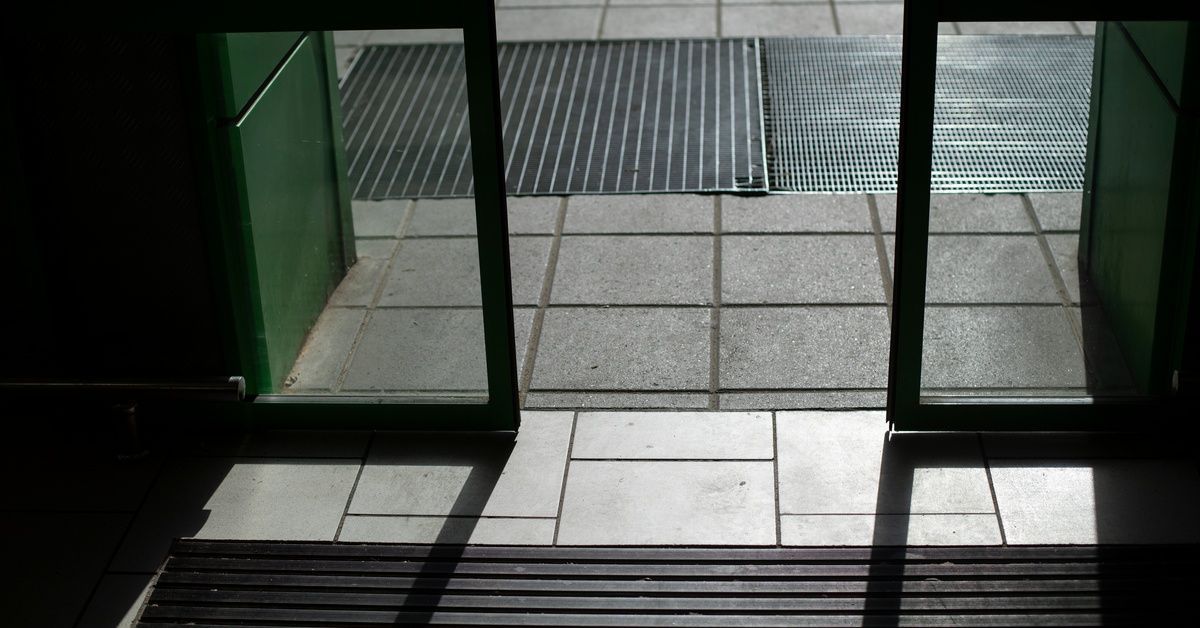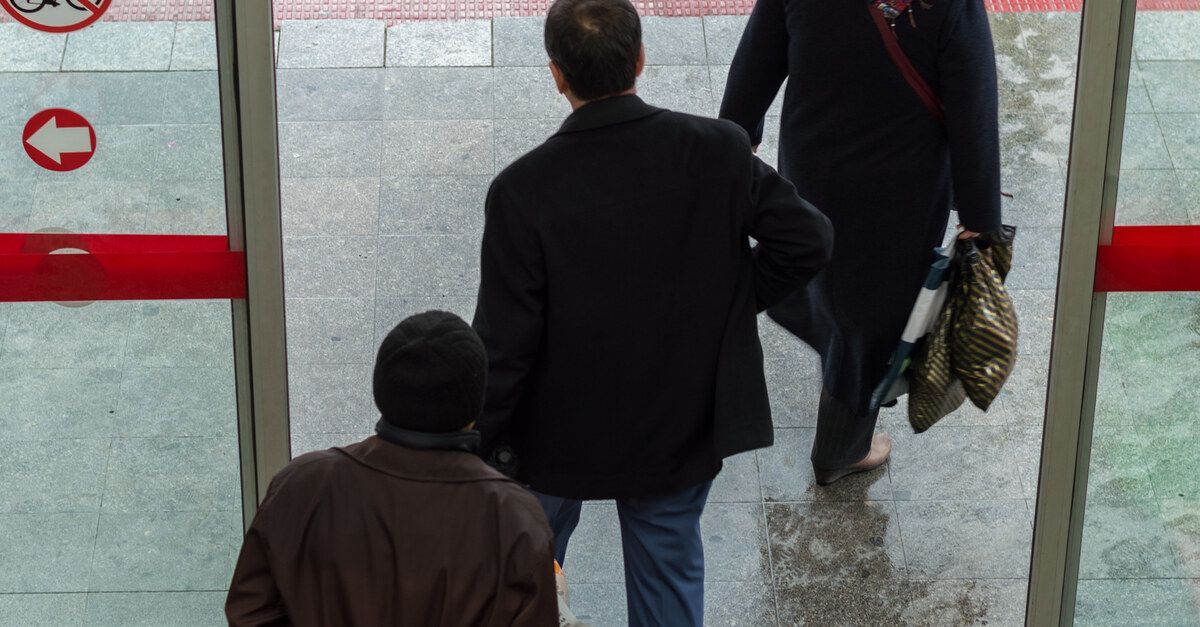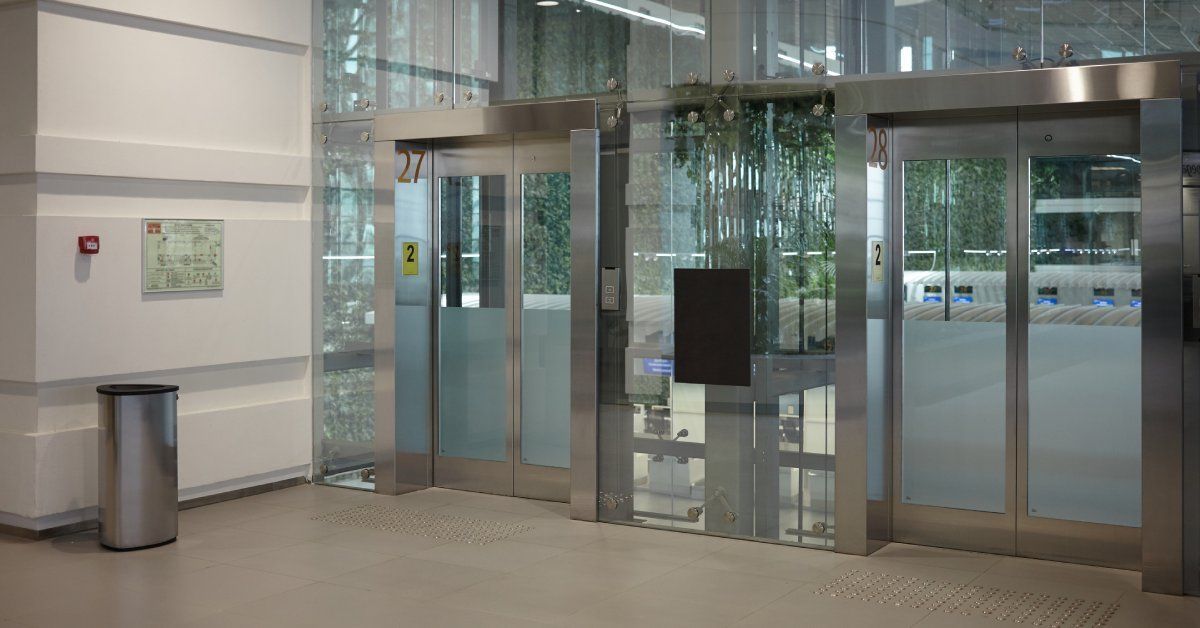The Role of Automatic Doors in Public Transport Facilities
Public transportation facilities are among the busiest environments in any urban infrastructure, and sliding doors provide a smart solution to meet the demands of high-traffic public spaces and advance operational efficiency. The role of automatic doors in public transport facilities cannot be overstated, as these systems have transformed the way people interact with transit hubs such as bus terminals, train stations, and airports.
Passenger Flow and Efficiency
A smooth passenger experience is critical in public transport hubs. Automatic doors facilitate seamless entry and exit, minimizing delays and reducing crowding during peak travel hours. Train stations and airports, in particular, benefit from the strategic placement of automatic doors that manage constant foot traffic. The reduction of bottlenecks ensures a consistent flow of passengers, even in the busiest environments.
Additionally, automatic doors help reduce dwell times. Optimizing the speed of boarding and exiting ensures transit vehicles adhere to strict schedules. By improving timetable reliability, public transportation systems can enhance customer satisfaction and operational success.
Safety and Security
Automatic doors also play a critical role in reinforcing safety and security in public transport facilities. Their integration with advanced access control systems allows controlled entry into restricted areas. Features such as fob readers and keypads help regulate and monitor who can access specific zones by preventing unauthorized entry.
The emergency response capabilities of sliding doors are equally significant. Equipped with battery backup and manual override systems, these doors ensure swift evacuation during emergencies, safeguarding passengers and staff under critical circumstances.
ADA Compliance and Accessibility
Inclusive design is a fundamental part of modern public transportation. Automatic doors support barrier-free travel by adhering to the requirements of the Americans with Disabilities Act (ADA). They provide ease of use for individuals with mobility challenges, ensuring that all passengers can independently access facilities.
Features such as wide doorways, motion sensor automation, and touchless access further enhance the user experience. These thoughtful details reflect a commitment to accessibility, benefiting a diverse range of passengers while promoting inclusivity.
Durability and Smart Functionality
Designed for durability, sliding commercial doors operate efficiently in high-traffic environments. Their specialized engineering minimizes downtime while ensuring long-term reliability, which is essential for public safety and uninterrupted service. Regular inspection and maintenance further support operational readiness by identifying wear and tear before issues arise.
These doors can also integrate with advanced building systems. Camera connections, centralized monitoring, and automated data reporting allow transportation managers to maintain full oversight of operations. These integrations improve incident response and ensure the smooth operation of all automated functionalities.
The role of automatic doors in public transport facilities extends beyond efficiency to encompass safety, accessibility, and innovative technology integration. Facility managers and construction teams looking for precision and expertise should contact Pacific Entrance today. Our dedicated team provides professional installation and repair services tailored to meet the unique requirements of public transport facilities.

